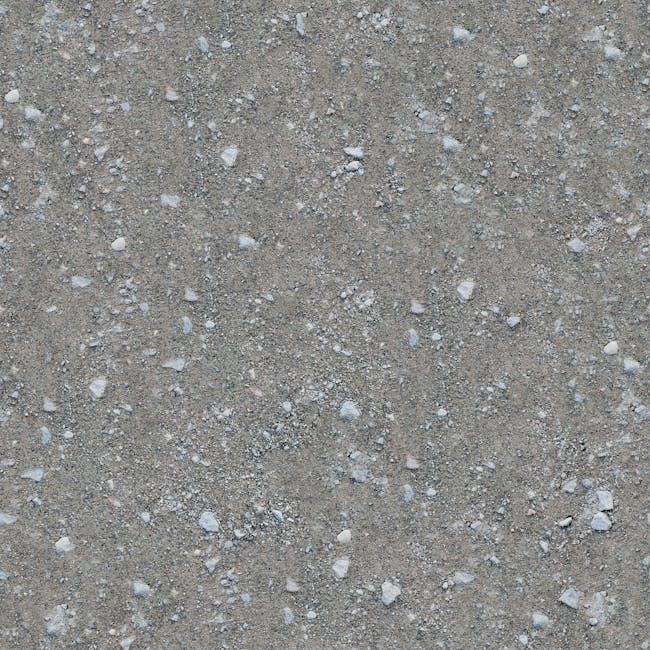Sharpening stones are essential tools for honing blades, ensuring precision and durability. Available in various grits, they cater to different sharpening needs, from coarse grinding to fine polishing.
1.1 Overview of Sharpening Stones
Sharpening stones are essential tools for maintaining and restoring the edge of blades. They work by abrading the metal to remove dullness and create a sharp edge. Available in various materials, such as water stones, oil stones, ceramic, and diamond stones, they cater to different needs and preferences. The stones are categorized by grit, which determines their abrasiveness. Coarser grits remove metal quickly, while finer grits polish the edge for precision. Proper use of sharpening stones requires understanding their types, grit sizes, and maintenance techniques. Regular sharpening extends the life of tools and ensures optimal performance. Mastering the use of sharpening stones is a valuable skill for craftsmen, chefs, and enthusiasts alike.
1.2 Importance of Grit in Sharpening
Grit is a critical factor in sharpening, as it determines the stone’s abrasiveness and its ability to refine a blade’s edge. Coarser grits (e.g., 80-200) rapidly remove metal, ideal for repairing damaged or dull edges. Finer grits (e.g., 1000-6000) polish the edge, enhancing sharpness and smoothness. Proper grit progression ensures a razor-sharp finish, as each step refines the edge further. Understanding grit sizes allows users to tailor their sharpening process, whether restoring a blade or maintaining its edge. The balance between coarse and fine grits is essential for achieving optimal results, making grit selection a cornerstone of effective sharpening techniques.
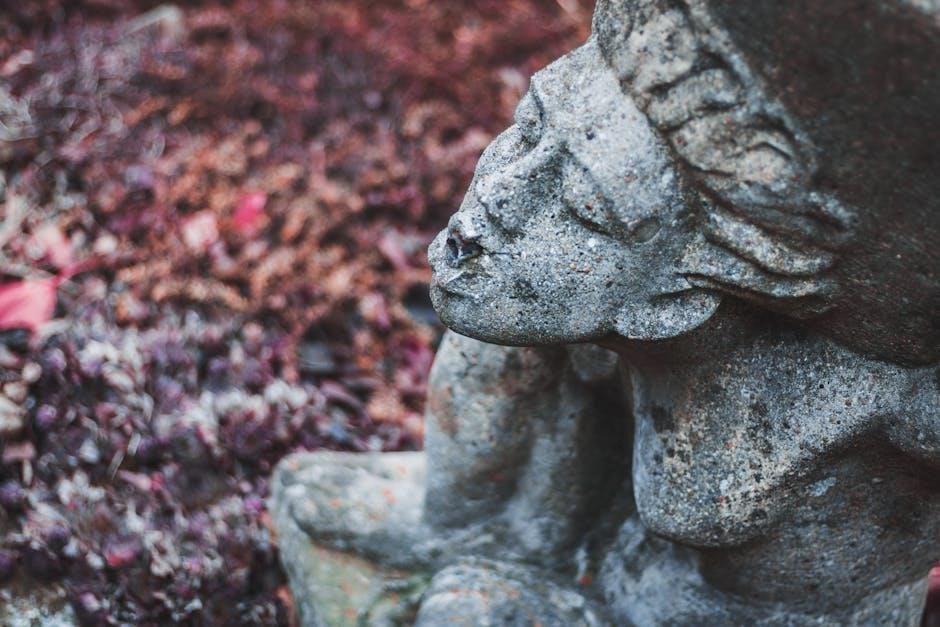
Understanding Sharpening Stone Grit
Grit refers to the size of abrasive particles on a sharpening stone, determining its cutting efficiency. Coarser grits remove metal quickly, while finer grits polish the edge for sharpness.
2.1 What is Grit?
Grit is a measure of the abrasive particle size on a sharpening stone. It determines how aggressively the stone cuts metal; lower grits (e.g., 80) are coarse for heavy grinding, while higher grits (e.g., 6000) are fine for polishing. The grit size directly impacts the sharpening process, influencing both speed and precision. Proper grit selection is crucial for achieving the desired edge quality. Understanding grit is fundamental to effective sharpening, as it dictates the tool’s performance and longevity. Always match the grit to the task, ensuring optimal results. This balance ensures efficiency and effectiveness in sharpening various blades and tools.

2.2 Grit Sizes and Their Uses
Grit sizes on sharpening stones range from coarse to fine, each serving specific purposes. Coarse grits (80-200) are used for repairing damaged edges or shaping tools quickly. Medium grits (400-800) refine the edge, removing smaller imperfections while maintaining the shape. Fine grits (1000-6000) polish the edge to a razor-sharp finish. The progression from coarse to fine grits ensures a smooth sharpening process. Each grit size plays a vital role in achieving the desired edge quality, making grit selection crucial for effective sharpening. Proper use of grit sizes enhances tool performance and longevity, ensuring precise and durable results for various blades and implements.
2.3 Types of Sharpening Stones
Sharpening stones come in various types, each with unique characteristics. Arkansas stones, known for their high-quality novaculite, are durable and ideal for fine sharpening. Water stones, made from ceramic or synthetic materials, are versatile and require water for lubrication. Ceramic stones are hard and long-lasting, offering consistent results. Diamond stones, featuring embedded diamond particles, are excellent for aggressive sharpening and repairing damaged edges. Each type caters to different needs, from quick repairs to precise polishing. The choice depends on the tool, the sharpener’s skill level, and the desired edge quality, ensuring optimal performance for various sharpening tasks.
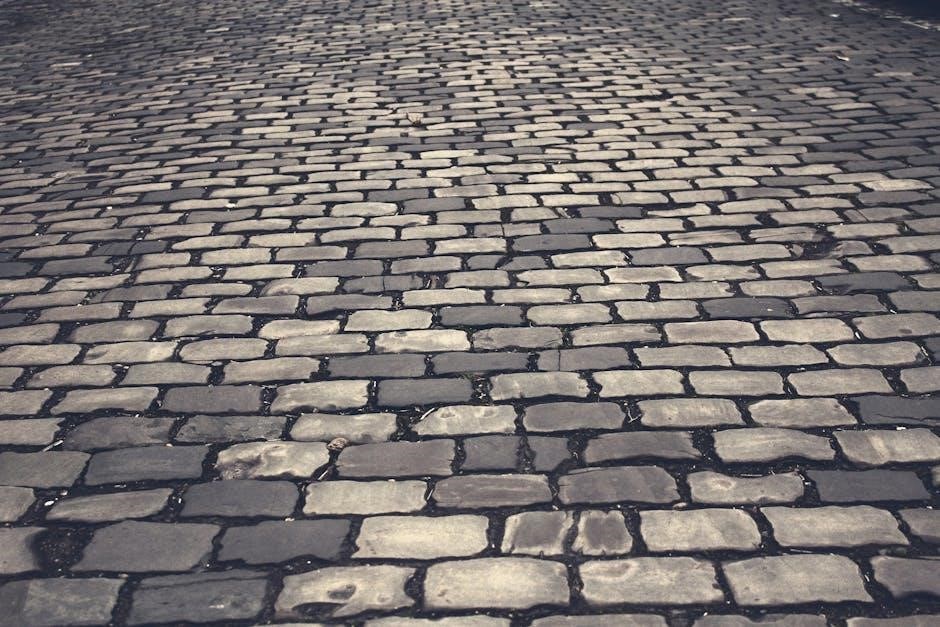
Choosing the Right Grit for Your Needs
Selecting the appropriate grit ensures effective sharpening. Coarser grits (80-200) handle damaged edges, while finer grits (1000-6000) refine and polish. Match grit to your tool’s needs for optimal results.
3.1 Coarse Grit Stones (80-200)
Coarse grit stones, ranging from 80 to 200, are ideal for repairing and reshaping damaged or dull blades. These stones quickly remove metal, making them perfect for restoring tools with chipped or uneven edges. The aggressive abrasive action of coarse grits allows for rapid edge reformation, making them a essential starting point for heavily worn blades. However, they are not suitable for final polishing, as they leave scratches. For beginners, coarse grit stones are a must-have for resetting edges before progressing to finer grits. Regular use ensures tools remain functional and ready for refining with higher grit stones later in the sharpening process;
3.2 Medium Grit Stones (400-800)
Medium grit stones, ranging from 400 to 800, are used to refine and polish edges after initial shaping with coarse grits. These stones remove smaller imperfections, creating a sharper, more defined edge. The 400-800 grit range is ideal for transitioning from rough sharpening to finer polishing, making it a versatile option for both maintenance and refinement. Medium grit stones are particularly effective for everyday sharpening tasks, such as touching up knives or tools that require a moderate level of sharpness. They strike a balance between cutting efficiency and edge refinement, ensuring a smooth surface and a durable cutting edge. Regular use of medium grit stones maintains tool performance and extends their lifespan.
3.3 Fine Grit Stones (1000-6000)
Fine grit stones, ranging from 1000 to 6000, are designed for final polishing and honing of edges. These stones produce a highly refined, razor-sharp edge with minimal scratches. The higher the grit, the finer the polish, making them ideal for precision tools and blades requiring a mirror-like finish. Fine grit stones are typically used after medium grits to achieve maximum sharpness and edge clarity. They are essential for professional results, ensuring tools perform optimally. Regular use of fine grit stones enhances edge retention and reduces maintenance, making them a crucial step in the sharpening process for discerning users seeking premium performance and longevity from their blades.
3.4 Combination Stones
Combination stones offer dual grit surfaces in one tool, providing convenience and versatility. Typically featuring a coarse grit on one side for shaping and a fine grit on the other for polishing, they streamline the sharpening process. Ideal for those who need to handle both stages without switching stones, combination stones save time and space. Common combinations include 1000/6000 or 4000/8000 grits, catering to diverse sharpening needs. They are excellent for maintaining edges and are often preferred by professionals and enthusiasts alike due to their practicality. This dual-sided design ensures a seamless transition from rough sharpening to fine honing, making combination stones a must-have for efficient blade maintenance.
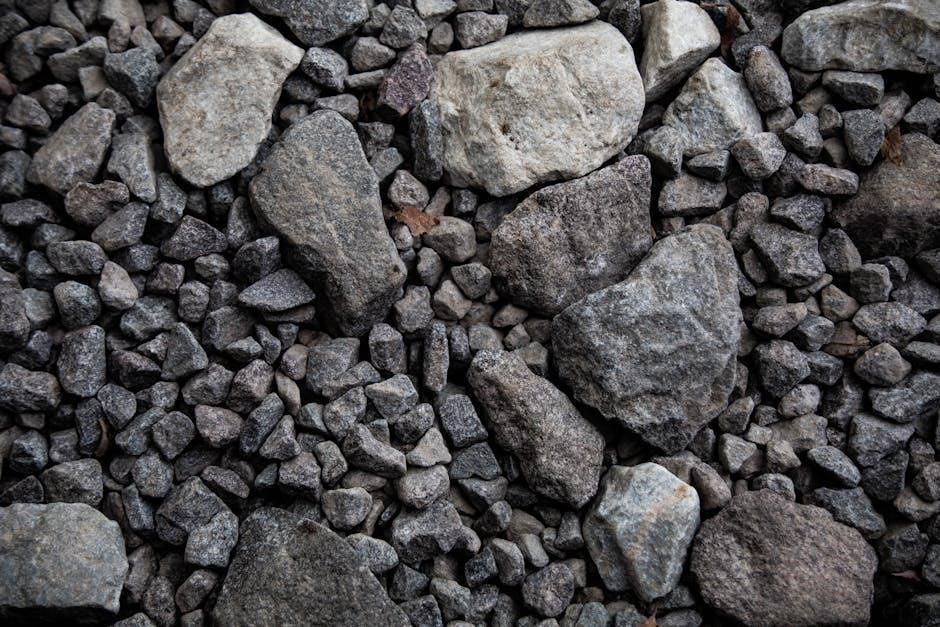
The Sharpening Process
The sharpening process involves progressing through grits, starting with coarse for shaping and moving to fine for polishing. Proper angle control and stone maintenance are crucial for optimal results.
4.1 Preparing the Stone
Preparing a sharpening stone is crucial for effective use. Start by soaking water stones in water for 10-15 minutes to enhance their cutting ability. Oil stones require lubrication with sharpening oil to prevent clogging. Ensure the stone is flat; use a flattening stone or sandpaper to remove uneven surfaces. Clean the stone thoroughly before and after use to avoid contamination. Inspect for damage or wear and repair if necessary. Properly prepared stones improve sharpening efficiency and edge quality. Always store the stone dry to prevent rust or oil degradation. A well-maintained stone ensures consistent results and extends its lifespan.
4.2 Using Different Grits
Using different grits is essential for achieving the desired edge sharpness. Start with a coarse grit (80-200) to quickly remove metal and establish the edge shape. Progress to medium grit (400-800) for refining the edge, reducing scratches, and improving sharpness. Finally, use a fine grit (1000-6000) for polishing and creating a razor-sharp finish. Always maintain consistent angles and light pressure, increasing precision with each grit. Clean the stone between grit changes to prevent cross-contamination of particles. Inspect the edge frequently to monitor progress. This sequential approach ensures a sharp, durable edge tailored to the tool’s intended use, whether for cutting, slicing, or precision work.
4.3 Maintaining the Stone
Maintaining a sharpening stone is crucial for its longevity and effectiveness. After use, clean the stone with mild soap and water to remove metal particles. Allow it to air dry completely to prevent damage. Store the stone in a dry place, away from direct sunlight, to avoid cracking or warping. Periodically, flatten the stone using sandpaper or a flattening stone to ensure an even surface. For water stones, soaking them before use is essential, while oil stones require a light application of oil to maintain their texture. Regular maintenance ensures the stone remains efficient and continues to sharpen blades effectively over time.

Tips for Effective Sharpening
Maintain consistent angle control and use light, even strokes. Regularly clean the stone to prevent metal particles from embedding in its surface, ensuring optimal sharpening results.
5.1 Angle Control
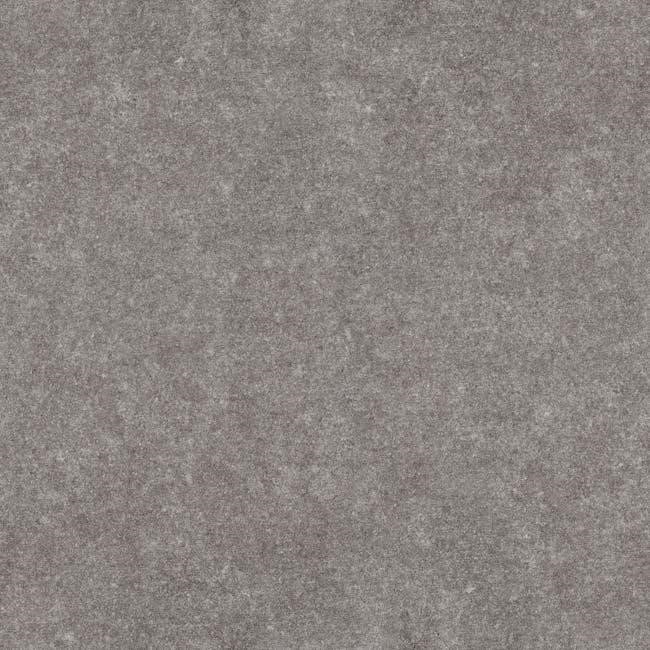
Maintaining the correct angle is crucial for effective sharpening. The ideal angle varies depending on the tool, typically between 20° and 30° for most knives. To achieve this, place the blade heel on the stone and gently tilt it until the bevel makes contact. Consistency is key; deviations can lead to uneven edges or reduced sharpness. For novice sharpeners, using a honing guide can help maintain the desired angle. Proper angle control ensures even wear on the stone and a sharper, more durable edge. Practice is essential to master this fundamental technique.
5.2 Stroke Technique
A consistent stroke technique is vital for effective sharpening. Start with the blade positioned at the desired angle, then draw it across the stone in smooth, even strokes. Apply light to moderate pressure, moving from the heel to the tip. Repeat this process, alternating between forward and backward strokes to ensure even wear on the stone. Avoid applying too much pressure on the return stroke, as this can damage the edge. Use the entire surface of the stone to maintain consistency and prevent uneven wear. By mastering this technique, you can achieve a razor-sharp edge with minimal effort.
5.4 Cleaning and Storing the Stone
Regular cleaning and proper storage are crucial for maintaining the effectiveness of your sharpening stone. After use, clean the stone with water or a mild soap solution to remove metal particles and debris. For oil stones, a small amount of mineral oil or kerosene can help dissolve and remove residue. Once clean, allow the stone to air dry completely to prevent rust or damage. Store the stone in a protective case or wrap it in a dry cloth to avoid contamination. Regular maintenance ensures the stone remains flat and ready for future use, preserving its sharpening efficiency and longevity.
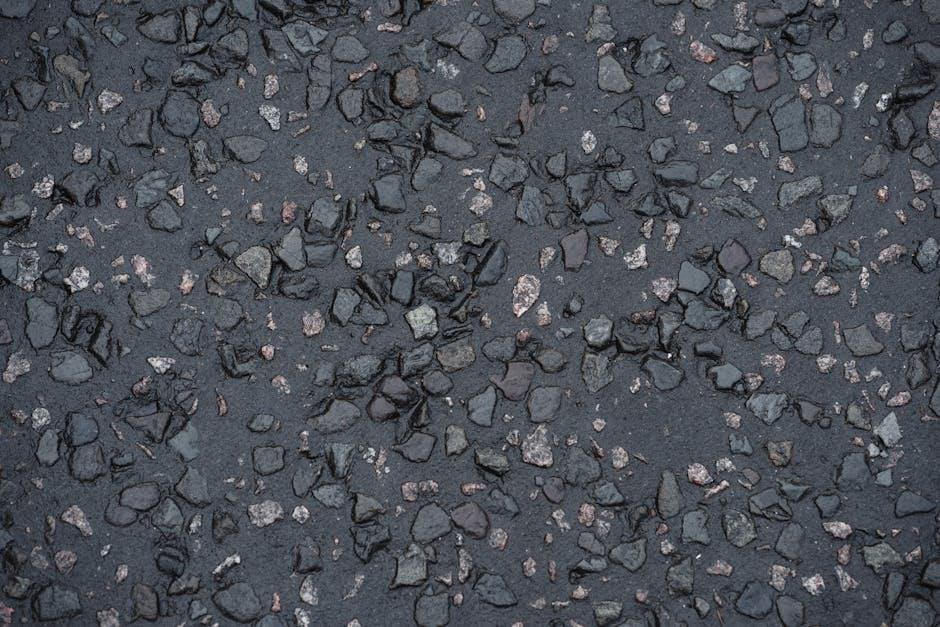
Common Mistakes to Avoid
Common mistakes include using the wrong grit, neglecting stone maintenance, and poor angle control, leading to inefficient sharpening and potential blade damage.
6.1 Incorrect Grit Selection
Incorrect grit selection is a common mistake that can hinder the sharpening process. Using too coarse a grit may leave scratches, while too fine a grit may not remove metal efficiently. Coarse grits (80-200) are best for repairing damaged edges or shaping blades, while finer grits (1000-6000) are ideal for polishing and achieving a razor-sharp edge. Choosing the wrong grit can lead to inefficient sharpening, poor results, or even blade damage. It’s essential to match the grit to the task, starting with coarser grits for heavy work and progressing to finer grits for final polishing. Proper grit selection ensures a sharper, more durable edge.
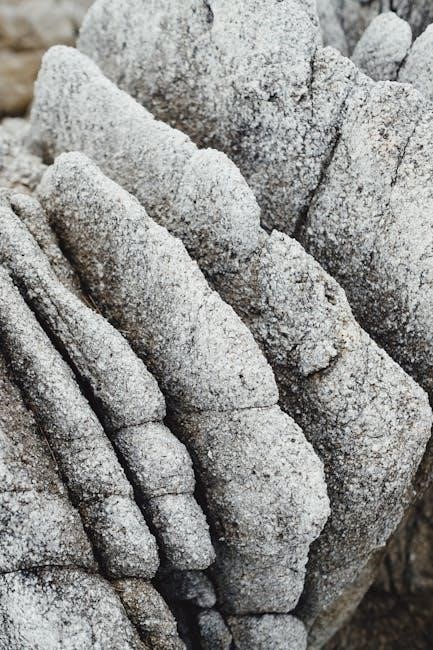
6.2 Insufficient Stone Maintenance
Insufficient stone maintenance can significantly reduce the effectiveness of sharpening. Failing to clean the stone regularly allows metal particles to accumulate, clogging the surface and hindering proper sharpening; This can result in uneven edges and poor blade performance. Additionally, neglecting to flatten the stone periodically leads to an uneven surface, making it difficult to maintain consistent angles. Proper maintenance involves cleaning the stone with water or oil, depending on its type, and using a flattening stone to restore its surface. Regular care ensures optimal sharpening results and extends the life of the stone. Neglecting these steps can lead to subpar outcomes and increased wear on the tool.
6.3 Poor Angle Control
Poor angle control is a common mistake that can ruin the sharpening process. Maintaining the correct angle is crucial for achieving a sharp, even edge. If the blade is held too steep or too shallow, it can lead to uneven wear or even damage to the edge. Additionally, inconsistent angles during strokes can result in a wavy or misshapen edge. Proper angle control requires practice and attention to ensure consistency throughout the sharpening process. Using a honing guide can help novice sharpeners maintain the correct angle, preventing common errors and ensuring better results. Consistent angle control is key to achieving a sharp, durable edge.

Advanced Sharpening Techniques
Advanced techniques involve precise edge geometry, grit progression, and specialized tools. Using a honing guide ensures consistency, while understanding blade types enhances customization for optimal results.
7.1 Using a Honing Guide
A honing guide is a tool that helps maintain consistent angles while sharpening blades. It attaches to the knife, ensuring precise control over the edge geometry. By aligning the blade perfectly, it prevents uneven wear and enhances the sharpening process. This tool is especially useful for beginners, as it simplifies achieving the correct angle. Advanced users also benefit from its consistency, particularly when working with delicate or high-performance blades. Honing guides often come with adjustable settings, allowing customization for various knife types and grit progressions. Regular use of a honing guide improves sharpening efficiency and results in a sharper, more durable edge.
7.2 Edge Geometry and Grit Progression
Edge geometry refers to the precise angle and shape of a blade’s cutting edge, which significantly impacts its performance. A well-defined geometry enhances cutting efficiency and durability. Grit progression involves using a sequence of sharpening stones, starting with coarser grits to establish the edge and progressing to finer grits for polishing. This method ensures a strong, sharp edge by gradually refining the blade. Proper grit progression prevents over-sharpening and maintains the blade’s structural integrity. Understanding how edge geometry interacts with grit selection is crucial for achieving optimal results, especially for specific blade types like knives or tools requiring precise angles and edge retention.
7.3 Sharpening Different Types of Blades
Different blades, such as knives, straight razors, axes, and serrated blades, require tailored sharpening techniques. Knives and straight razors benefit from fine grits for polished edges, while axes may need coarser grits for heavy-duty sharpening. Serrated blades present unique challenges, often requiring specialized tools like diamond stones or ceramic hones to maintain their complex edge geometry. Understanding the specific needs of each blade type ensures effective sharpening. Proper grit progression and angle control are critical, regardless of the blade, to achieve a sharp, durable edge. This approach ensures optimal performance for various tools and knives, catering to their unique designs and uses.
